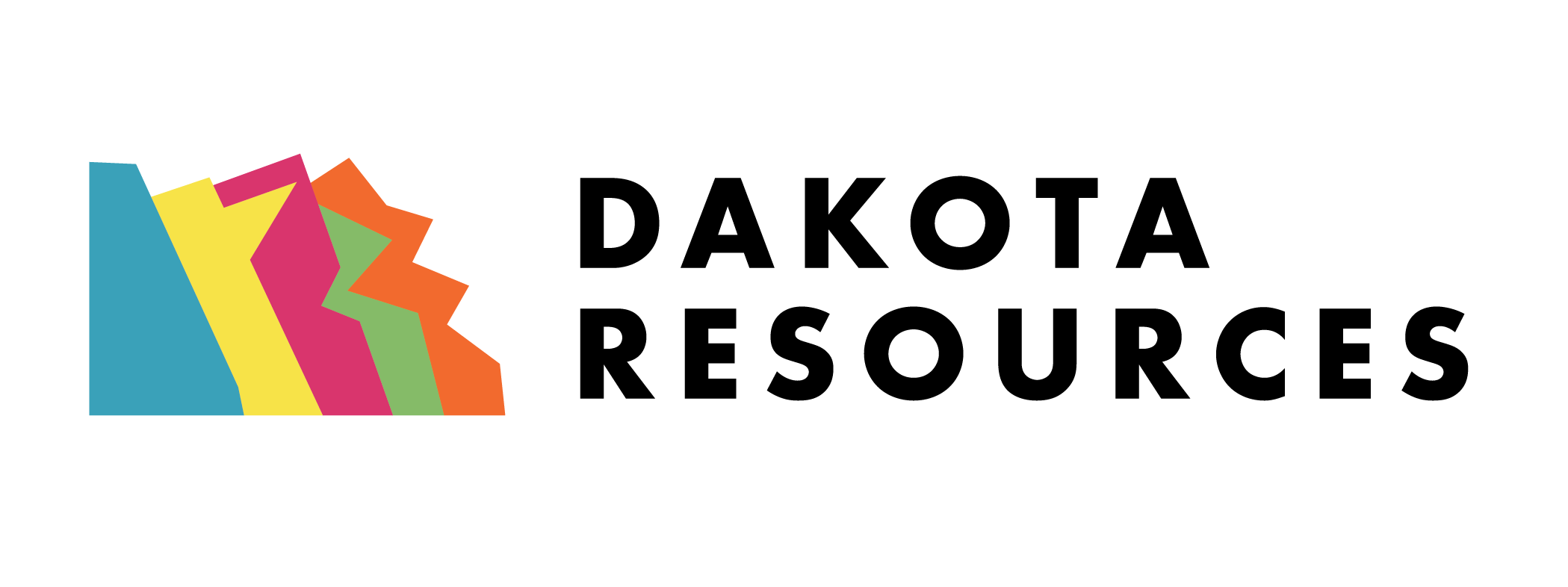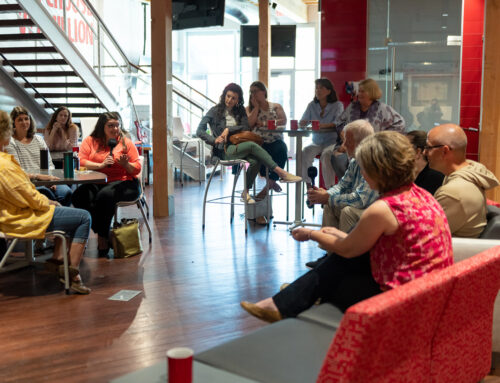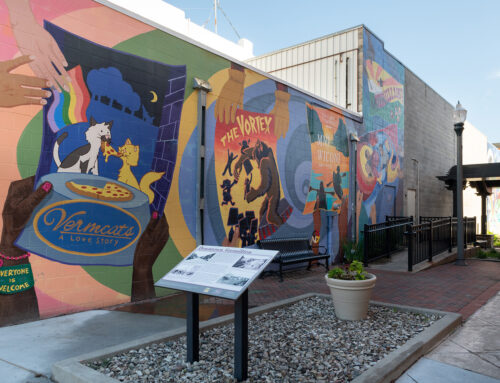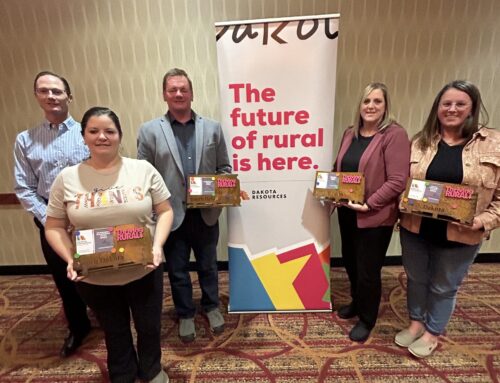Survey Says Series: Rural Development Relies on Many Hands, Storytelling
Community and economic development work is often complex and can mean many different things. For this reason, Dakota Resources continues to survey our constituents in order to take stock of rural development work in and around South Dakota.
In August 2021, Dakota Resources conducted the Climate of Community and Economic Development survey, and participants primarily included community and economic development organizations from across the state of South Dakota (you can download the final report from last year’s survey here). Then, in late 2022, Dakota Resources engaged stakeholders in part two of this survey in order to assess the building blocks of a thriving rural community and gather statistics around what economic development organizations throughout the state are doing when it comes to economic development in their service area.
In this issue of the newsletter, we’re analyzing survey findings in two areas of the Thriving Community Blueprint, a model that presents a framework of priorities within which community leaders can work. While all building blocks within the Blueprint are important to cultivating a thriving community, the intent is for organizations to assess the areas in which they are strong and also see where they can collaborate with other organizations within the county/community to address other areas.
“We think it’s important for community leaders to use a model that identifies the ‘building blocks’ for creating thriving communities. They need to answer what building blocks need attention in their community and which of them meet their organization’s mission,” said Mike Knutson, Learning Network Orchestrator and Community Coach.
Let’s dive into two areas of focus today: 1) Sharing the responsibility for economic development work, and how to find and maintain effective partnerships with other organizations; and 2) Sharing the story of economic development work with stakeholders, and how to better communicate your community-driven impacts. We’re excited to share additional insights regarding public policy and how it can help with housing structure development and quality of life next quarter!
How Can Economic Development Work Be a Shared Responsibility?
Survey Says: First, survey respondents were asked to select the building blocks that their economic development organization is primarily responsible for in their service area. In addition, respondents were able to rank certain aspects of the work as “secondary” responsibilities, for which, perhaps, community-based partnerships have been cultivated in their region, so the work is shared amongst stakeholders.
Our study found that more than 50% of survey respondents say that they are primarily responsible for 7 out of the 11 building blocks in the Thriving Community Blueprint. Specifically, respondents named themselves as primarily responsible for the following building blocks: New Business Attraction (92%); Existing Business Development (82%); Entrepreneur Support (67%); Quality of Life (59%); Housing Solutions (77%); Community Engagement (59%); and Workforce Development and Education (59%).
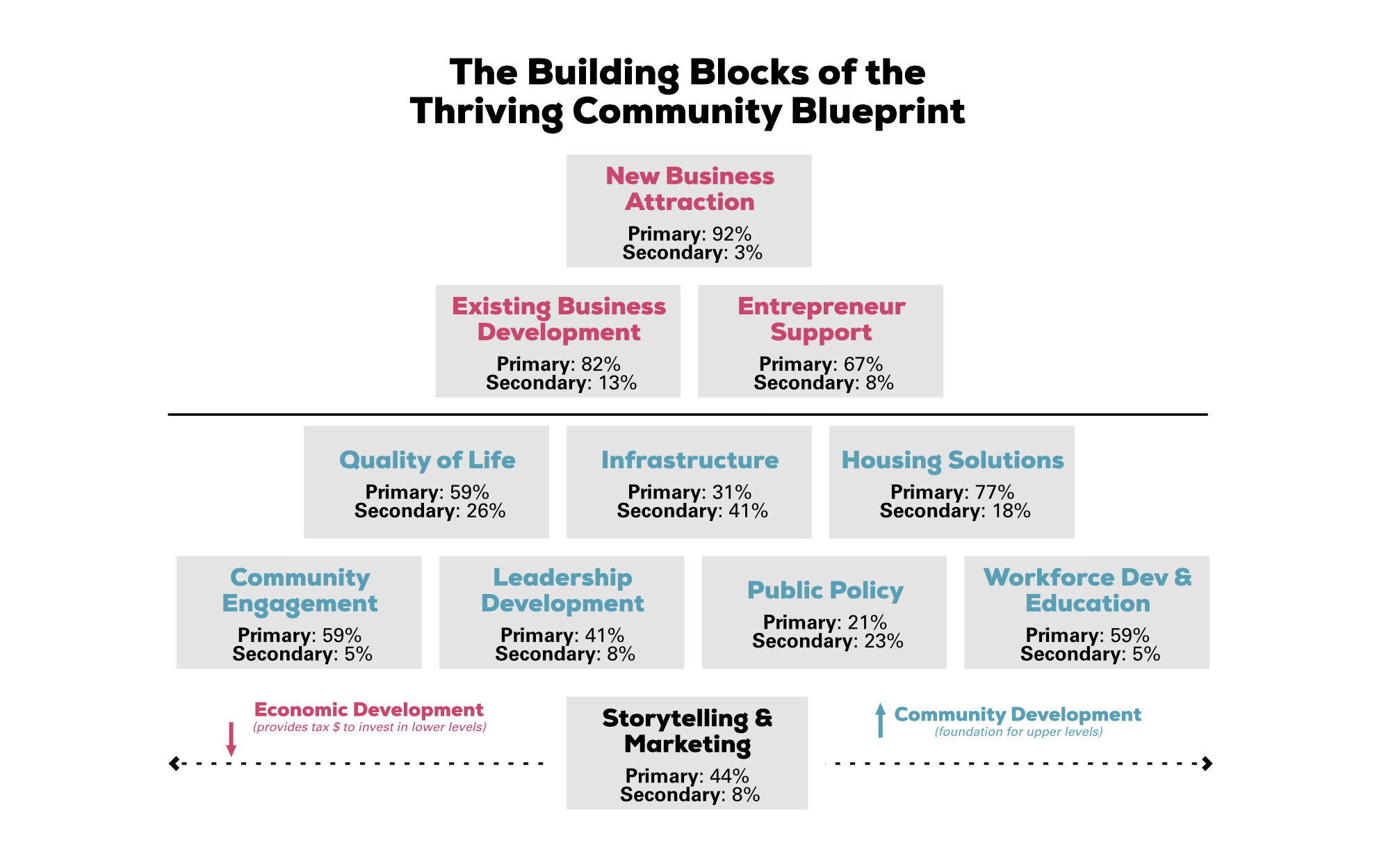
Survey respondents answered which building blocks from the Thriving Community Blueprint they were primarily or secondarily responsible for. Results from the survey are included in the above graphic.
In comparison, respondents ranked the remaining categories (Infrastructure; Leadership Development; Public Policy; and Storytelling and Marketing) as secondary responsibilities, meaning that they engage in this work, but also partner with other organizations to assess and support their community’s needs.
What This Means: It’s apparent that economic development professionals and organizations are owning a lot of the work in their communities, data that is also supported by the findings from the survey we conducted in 2021.
What remains a purposeful task, then, is the work of finding and maintaining partnerships with city, county, or community stakeholders who can share in the work of building a thriving rural region. The intent of the Thriving Community Blueprint, after all, is that while all building blocks are important, organizations should utilize this model to assess the areas in which they are strong and identify areas for collaboration opportunities with others.
How can these partnerships be cultivated and maintained? Dakota Resources’ Vice President of Program Development and Community Coach Paula Jensen says that an ideal first step in this important work involves reaching out to like-minded organizations both inside and outside of your community.
“At the beginning, collaboration and partnership development involves some individual steps — networking, relationship building, coordination, and cooperation,” Jensen said. “Over time, these individual steps strategically move you and those new partners toward shared outcomes along a path that you’ve defined together.”
How Can Communities Better Share Their Stories?
Survey Says: Secondly, when asked about Storytelling and Marketing, which is one of the core building blocks of the Thriving Community Blueprint, only 44% of respondents said that they are primarily responsible for this initiative within their organization.
The survey also asked respondents to select the marketing tools they utilize in their work. While only 20 out of 39 respondents answered these questions, we feel that the findings are parallel with what we hear anecdotally from our partners and our communities.
Let’s break down the results:
- 85% of respondents use Facebook as part of their marketing strategy, compared to 30% who use LinkedIn or Instagram. Only 15% of respondents utilize Twitter.
- 80% of respondents use the local newspaper, while 35% use a regional newspaper and 20% use regional TV news as part of their marketing strategy.
- 75% of respondents use their own website to share their story, and 30% of respondents send an eNewsletter.
- Print materials (45%) and other traditional marketing techniques, such as radio (25%) and magazines (20%) are still in play for many organizations.
- Fewer respondents are engaging in new or trending marketing tools, such as podcasts (15%) and Tiktok (5%).
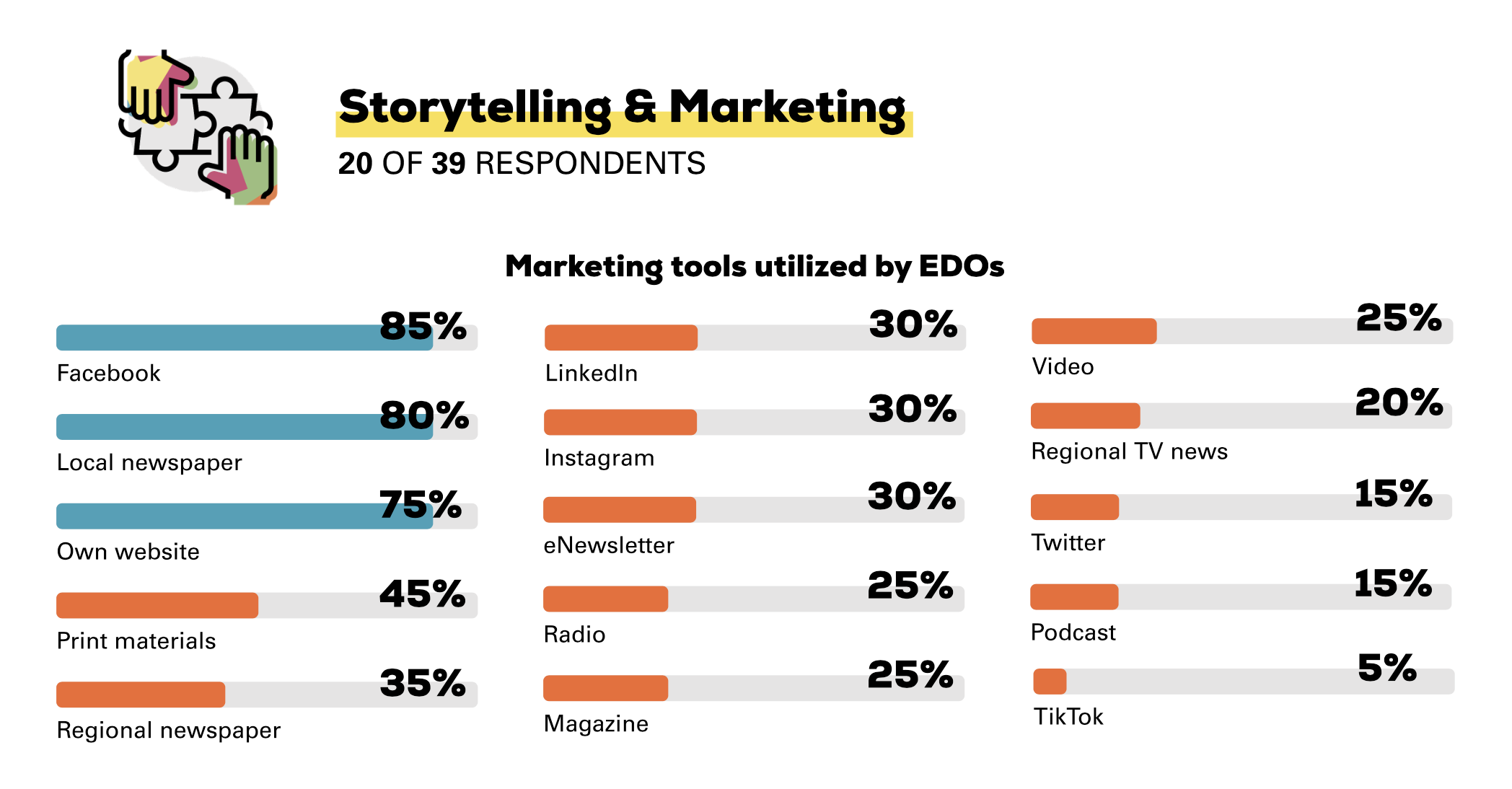
Survey respondents were asked which marketing tools they utilize, with over 50% of usage being shown by blue bars and under 50% usage being shown by orange bars.
Trends: According to an article in Forbes, there are three main reasons why brand storytelling is a crucial marketing technique. For the purposes of this article, we’ll focus on the first two. First, storytelling helps to convey uniqueness. While much of the article relates this concept to products or services, we extrapolate it to include communities, too; the Internet has made so much of the world accessible, including the rural landscape, but it’s up to us to shape and to tell that story in a way that’s compelling to our audience. To that end, the article states that storytelling “can also be up to 22 times more memorable than facts.”
The second aspect of Forbes’ article that we wanted to highlight presents the ability for story-based content to “create a deep emotional connection” with the reader. This concept, of course, is not new to rural shapers; our very communities thrive and grow by sharing our history and casting our vision for the future. Consider using modern marketing tools and putting such storytelling to work in marketing so that your community can “start conversations…ask for engagement, and…involve your audience in what you do.”
What This Means: While the Thriving Community Blueprint is one way that economic development organizations can communicate their work, it can also be used to organize their work, and the Storytelling and Marketing building block is purposefully placed at the foundation of the Blueprint because it’s a core need for all communities to share their stories. It’s difficult to explain the immeasurable impact and influence that is possible when communities share stories of their history and their vision for the future.
Based on the survey data and on marketing trends forecasting, like we see above, we at Dakota Resources see a wealth of opportunities available to economic development organizations and professionals when it comes to sharing community stories and vision. From utilizing new media, such as Instagram (a platform that prioritizes visual media – think beautiful parks, rivers, lakes, fairs, festivals, and more!), to sharing the success stories happening in any of the Thriving Community Blueprint building blocks in your communities via eNewsletters sent monthly or quarterly, the impact of great storytelling is only limited by your imagination and bandwidth.
For many organizations inside economic development and outside of the industry – Dakota Resources included! – outsourcing work like content creation, graphic and web design, and newsletter storytelling allows our work to stay top of mind to our audience without adding to the already full plates of economic development professionals.
TAKE ACTION: Ready to dive into the Climate of Community and Economic Development survey results? If so, we encourage you to download your copy of the report here.
